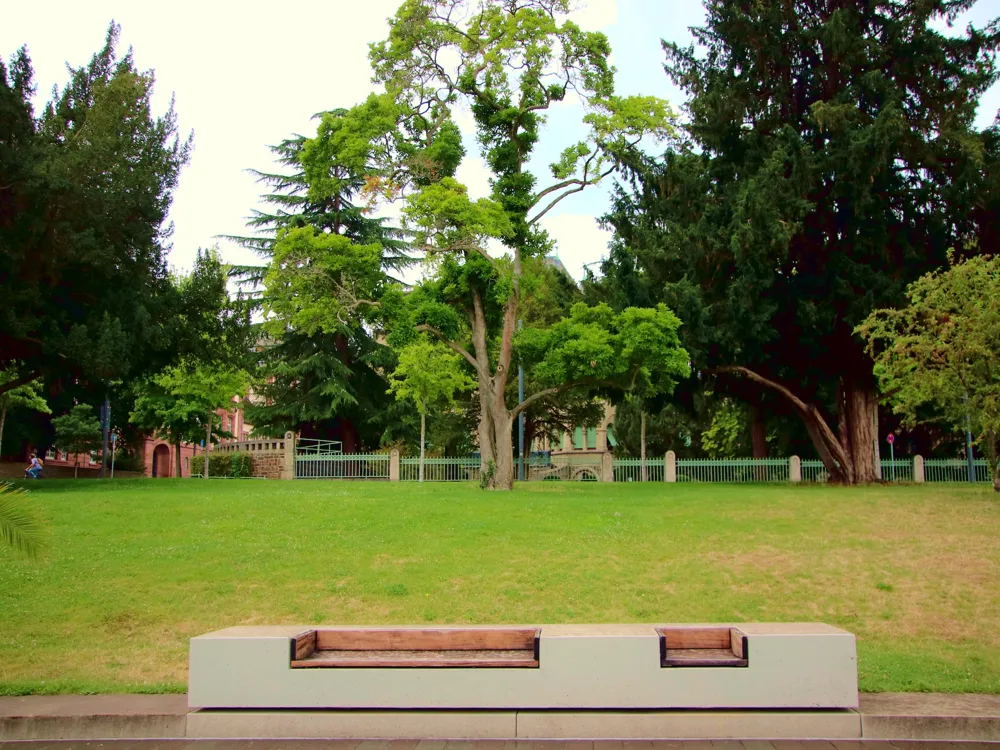The Billeshwar Temple, a majestic shrine located in Nalbari, Assam, is a quintessential example of the rich cultural and spiritual heritage of the region. This temple, dedicated to Lord Shiva, stands as a beacon of religious significance and attracts thousands of devotees and tourists every year. Its historical significance is deeply rooted in the folklore and religious texts of Assam, making it a vital part of the state's spiritual landscape. The origin of Billeshwar Temple dates back to centuries ago, with its foundation intertwined with the myths and legends of Hindu mythology. According to local beliefs, the temple was established where a 'bil' (a type of fruit) turned into a Shivalinga, a sacred symbol of Lord Shiva. This miraculous event gave the temple its name, Billeshwar, meaning 'the lord of Bills'. The temple has since been a site of unwavering faith and devotion, serving as a focal point for religious activities in the region. Over the years, the Billeshwar Temple has not only been a place of worship but also a center for social and cultural gatherings. Festivals like Maha Shivaratri see the temple premises come alive with vibrant celebrations, traditional music, and dance performances, attracting devotees from across Assam and neighboring states. The temple's architecture, rituals, and festivals represent a unique blend of the local customs and the broader Hindu traditions, making it a rich tapestry of cultural heritage. The temple's impact extends beyond its religious significance. It plays a crucial role in the local economy, supporting small businesses and vendors who cater to the needs of the pilgrims. Moreover, its presence boosts regional tourism, making Nalbari a notable destination for spiritual and cultural tourism in Northeast India. The Billeshwar Temple, with its deep historical roots and continuing relevance, stands not just as a religious site but as a symbol of the enduring spiritual and cultural ethos of Assam. The architecture of the Billeshwar Temple is a splendid example of the traditional temple design prevalent in Assam. The temple's structure reflects the intricate craftsmanship and architectural ingenuity of the era in which it was built. The main temple, housing the revered Shivalinga, showcases a confluence of various architectural styles, a testament to the diverse cultural influences that have shaped the region over the centuries. One of the most striking features of the Billeshwar Temple is its tall, imposing shikhara (spire), which is intricately carved with motifs and figures from Hindu mythology. This shikhara not only enhances the temple's aesthetic appeal but also serves as a symbol of the spiritual ascent, pointing towards the heavens. The temple's walls are adorned with elaborate carvings and sculptures that depict various deities, scenes from Hindu epics, and aspects of daily life in ancient Assam. The temple complex is built using locally sourced materials, primarily stone and wood, which have stood the test of time. The use of these materials not only gives the temple a robust and enduring structure but also adds to its natural charm, blending seamlessly with the surrounding landscape. The temple's layout follows the traditional 'nagara' style of Hindu temple architecture, characterized by its beehive-like shikhara and the presence of a 'garbhagriha' (sanctum sanctorum) where the deity resides. The interior of the Billeshwar Temple is equally mesmerizing, with a serene ambiance that envelops devotees as they enter. The sanctum sanctorum, where the Shivalinga is enshrined, exudes a sense of divine presence, inviting devotees to engage in meditation and prayer. The temple's architecture facilitates a spiritual journey, guiding devotees through its corridors and halls towards the inner sanctum, symbolizing the path to enlightenment. In conclusion, the architecture of Billeshwar Temple is not just a showcase of artistic excellence but also a reflection of the spiritual and cultural values of Assam. It stands as a proud testament to the region's architectural heritage, drawing admirers and scholars from around the world to witness its beauty and delve into its historical significance. The ideal time to visit Billeshwar Temple is during the cooler months from October to March. During this period, the weather is pleasant, making it conducive for exploring the temple and its surroundings. Additionally, visiting during major festivals like Maha Shivaratri can be a unique experience, allowing visitors to witness the temple in its full cultural and spiritual splendor. Visitors are advised to dress modestly, keeping in mind the temple's religious significance. Traditional Indian attire is recommended, but comfortable and conservative clothing is acceptable. It's important to maintain a respectful demeanor within the temple premises, refraining from loud conversations and disruptive behavior. Engaging with the local customs and rituals can enrich the visiting experience. Participating in the 'aarti' (worship ritual) and offering prayers at the temple can be spiritually fulfilling. Visitors should be mindful of local traditions and seek guidance from temple authorities or local guides to participate appropriately. Nalbari offers a range of accommodation options, from budget stays to more comfortable lodgings. It's advisable to book in advance, especially during festival seasons. Basic facilities like restrooms and eateries are available near the temple, but visitors should be prepared for limited amenities. When planning a visit, it's important to check for local travel advisories and temple timings. Hiring a local guide can enhance the experience, providing insights into the temple's history and architecture. Ensure to carry essentials like water, sunscreen, and a hat, especially during the warmer months. Billeshwar Temple is well-connected by road and is easily accessible from various parts of Assam. The nearest major city is Guwahati, which is about 70 kilometers away. Visitors can reach the temple by taking a bus or hiring a taxi from Guwahati. For those traveling by air, the nearest airport is Lokpriya Gopinath Bordoloi International Airport in Guwahati. From the airport, one can hire a taxi or take a bus to Nalbari and then to Billeshwar Temple. Additionally, Nalbari has a railway station, which is well connected to major cities in Assam and neighboring states, making it convenient for visitors traveling by train. Read More:Overview of Billeshwar Temple, Nalbari, Assam
Architecture of Billeshwar Temple
Tips When Visiting Billeshwar Temple
Best Time to Visit
Dress Code and Etiquette
Local Customs and Rituals
Accommodation and Facilities
Travel Tips
How To Reach Billeshwar Temple
Billeshwar Temple
Nalbari
Assam
NaN onwards
View nalbari Packages
Nalbari Travel Packages
View All Packages For Nalbari
Top Hotel Collections for Nalbari

Private Pool

Luxury Hotels

5-Star Hotels

Pet Friendly
Top Hotels Near Nalbari
Other Top Ranking Places In Nalbari
View All Places To Visit In nalbari
View nalbari Packages
Nalbari Travel Packages
View All Packages For Nalbari
Top Hotel Collections for Nalbari

Private Pool

Luxury Hotels

5-Star Hotels

Pet Friendly






















